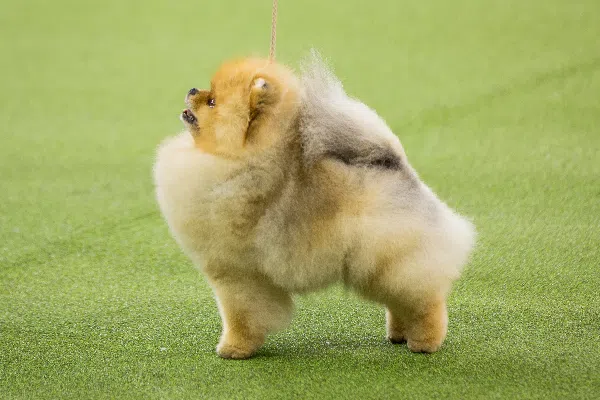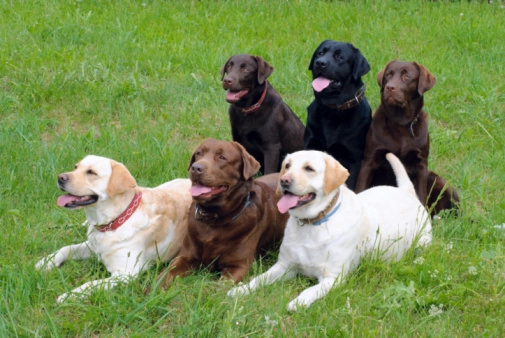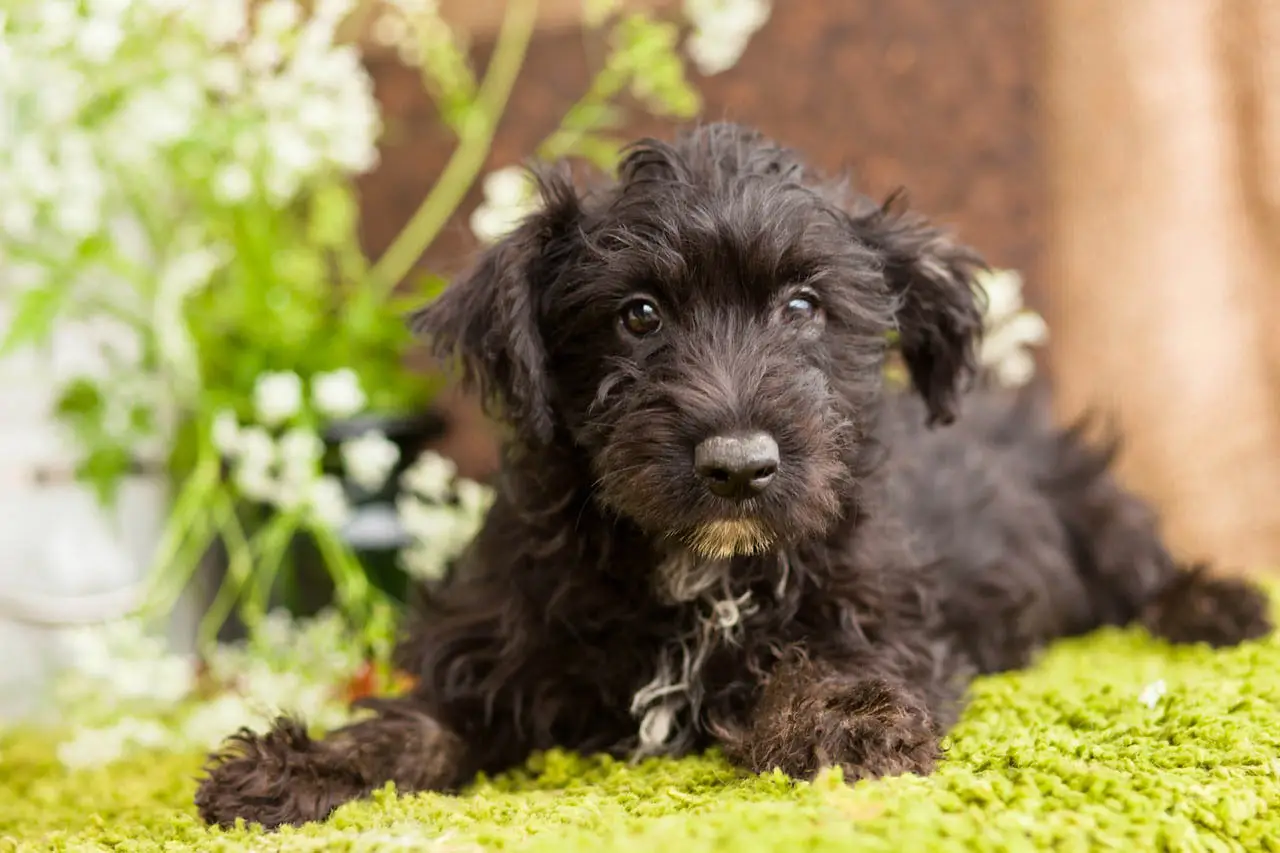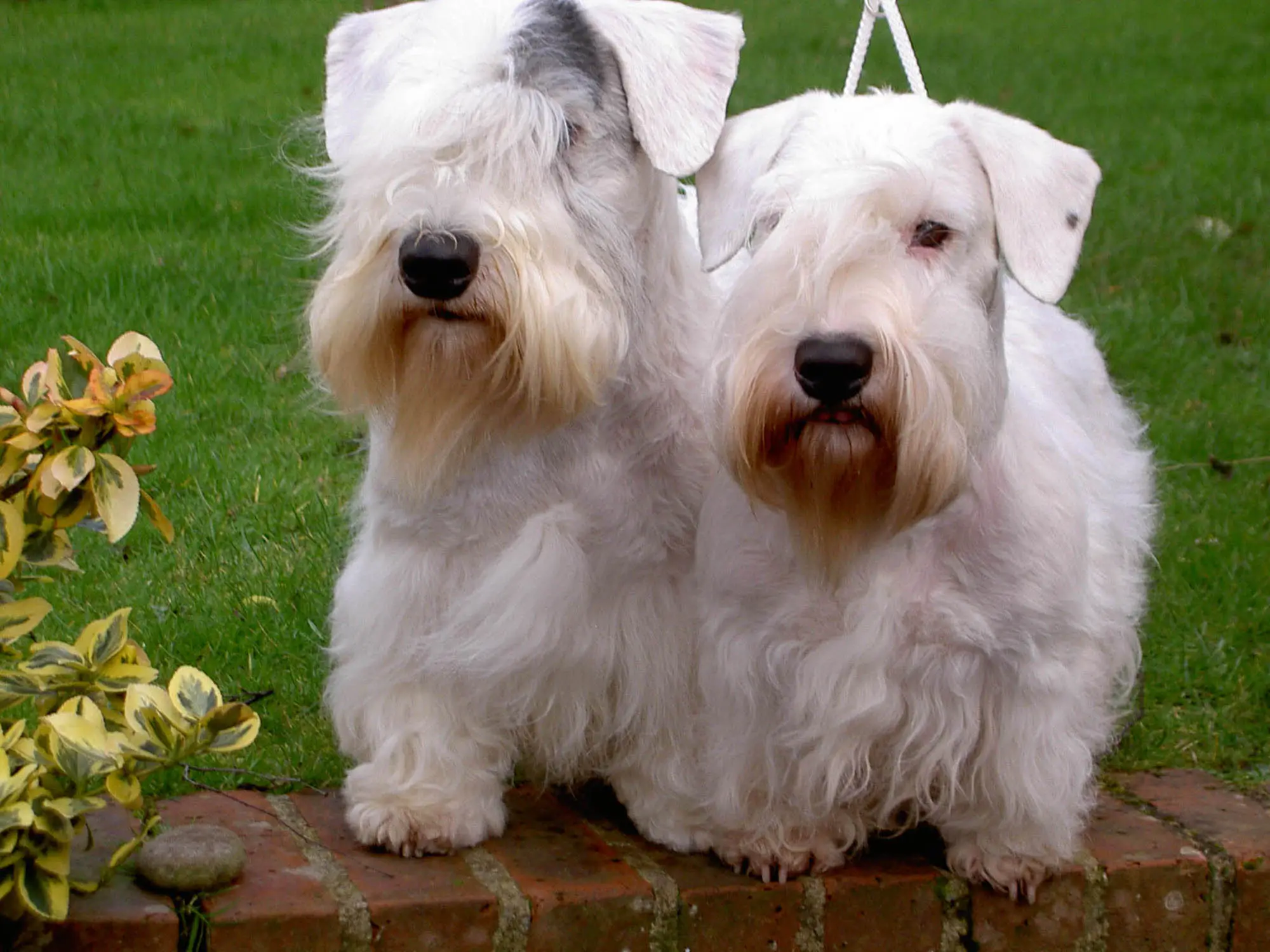An Introduction
The pair of thyroid glands is located in the neck region. These glands produce hormones which affect many vital bodily functions. Contrary to popular beliefs, dogs suffering from thyroid imbalances, have an average production of hormones.
Overactiveness of the thyroid gland in dogs, to some extent, is rare. Hypothyroidism can sometimes have a connection with Cancer. The condition is mainly caused by a sudden shrinkage or an inflammation of the gland.
Thyroid cancer can also generate the condition, but thankfully is quite rare. Hypothyroidism mainly occurs in standard to large sized dogs, comprising most victims in their older ages.
Breeds commonly affected by the conditions are:
-
Doberman Pinscher
-
Irish Setter
-
Golden Retriever
Signs and Symptoms
The general signs of low thyroid functions are:
-
Reduction or loss of fur
-
Dull, but furry coat
-
Excess shedding
-
An escalation in scaling
-
Sudden gain in weight
-
diminution in activity
-
Reduction in the ability to stand the excess cold
The hair loss mainly happens on the body, thrifty of the legs and the head, and without itching and redness of the body. Some of our canine friends can have thickening of the skin, and an escalation in pigmentation, especially in areas where friction happens frequently. Our hypothyroid canine pal can have ear infections, which can result in pain in the ear.
The buildup of mucopolysaccharides can give the dog a tragic expression, as a result of the face becoming drooling over time.
Less common signs, seen in a diminutive number of dogs are:
-
Dilation of the gullet, igniting regurgitation.
-
The unnatural function of the nerves and muscles, leading to weakness, and lameness while walking.
Diagnosis
There are various blood tests to confirm the existence of hypothyroidism. Blood tests can also confirm the existence of anemia and decreased the level of cholesterol. A single blood test, in most of the cases, is the cluster and combination of several types of blood tests, the vet will suggest to examine the patient. The tricky part is, the result of any of the blood test can be influenced by the presence of any other non-thyroid disorder in the body.
Treatment
The dog has to take hormone replacement medications, orally for the rest of its life. During the primary days, the hormone administration will be twice on a daily basis. Once, the hair quality of the fur increases, some dogs will need oral medication only once every day. There are two variants of the drug, namely the T3 and T4.
The body naturally converts to T3 from T4, so most of the affected dogs gets T4 medications. Clinically called L-Thyroxine or Levothyroxine, some dogs are naturally intolerant to the T4 variety, so will need the T3 variant.
Living and Managing the Condition
A conscious effort in accordance with the prescribed drugs, along with diet is necessary for a successful recovery. A thorough conversation with the vet will make the owner aware of the various synthetic hormones, which are vital for the patient. Any prescribed medicine needs a detailed monitoring by the owner, as well as the vet, to know the effectiveness of the drug. Administrating medications from the side of the owner is out of recommendation. The cautionary list also includes the use of herbal remedies. Dietary modifications, along with a decline in the fat content, will add to the recommendation list. A majority of dogs will react positively to the therapy session.
.png)





